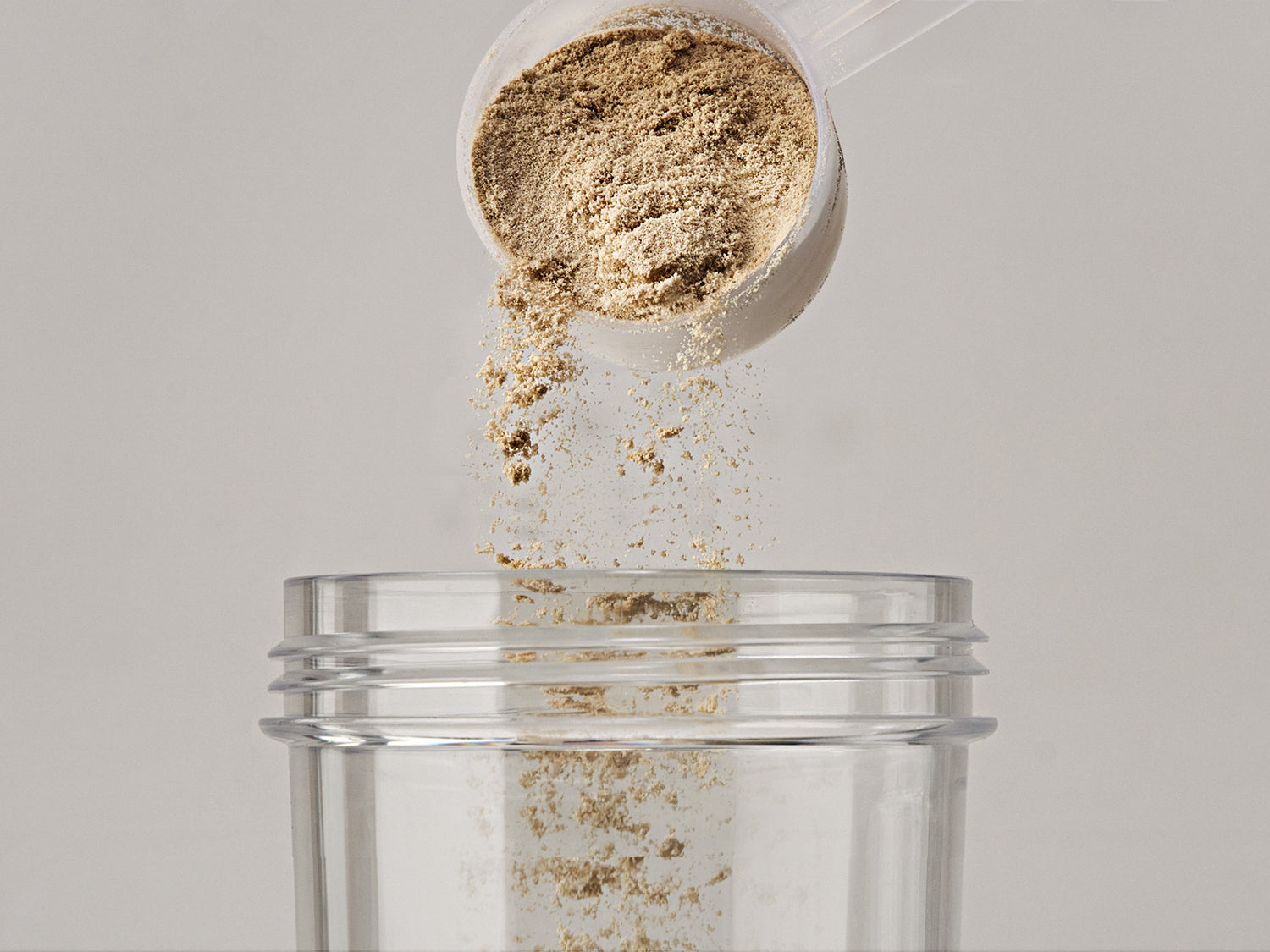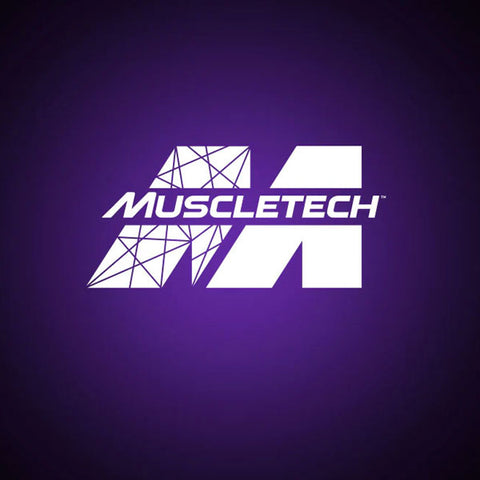Yes, the hip thrust is beneficial for more than just booty gains – and there’s some research to back that up too. One of the most compelling studies was published in 2017 in the Journal of Sports Sciences.[1] In that study, 20 male collegiate baseball players with an average squat of around 188 pounds were split into two groups – one of which performed hip thrust training with increasing intensity alongside their regular baseball training while the other performed normal baseball training with no hip thrusts.
After 8 weeks, the hip thrust training group increased their one rep squat max by an average of 31%, while the group that did not only saw minor increases in squat strength. What’s particularly interesting is the hip thrust group’s adaptations were only seen in squat strength, vertical jump height, standing long jump distance, and 30-m sprint times did not improve.
If you’ve tried other methods are finding your squat strength has plateaued – add hip thrusts 3 times a week to your regimen!
Apart from just hip thrusts, we have a full regimen for you to follow. In this blog, we will discuss it in full detail.
Whether you're a seasoned powerlifter or an aspiring bodybuilder, there's always room for improvement with squats. Many people mistakenly view the squat as solely a leg exercise, but this is far from the truth. In reality, the squat is a full-body exercise that emphasizes the lower body but also engages the core, back, and even the upper body.
Table of content
Benefits of Squat
Before diving into how to improve your squat strength, it's important to understand the myriad benefits squatting regularly can bring. Knowing these advantages will likely motivate you to incorporate squats into your workout routine.
Did you read our article on trap workouts yet?
1. Bigger, Stronger Legs
Squatting primarily targets your leg muscles, including the glutes, quads, hamstrings, and calves. This comprehensive engagement helps develop and strengthen your entire lower body. If you're tired of skinny legs, incorporating squats once or twice a week is a surefire way to bulk them up.
2. Increased Core Strength
Your core encompasses more than just your abs; it includes your obliques and back muscles as well. When performing a squat with a barbell, all these core muscles are activated, leading to a stronger, healthier body that is less prone to injury.
3. Improved Mobility
Increased mobility goes beyond flexibility; it measures how effectively you move within your range of motion. Deep squats, where you break parallel with your knees, train your muscles, joints, and ligaments to be powerful and efficient throughout their full range of motion.
4. Burn More Fat
Muscle mass boosts calorie burn throughout the day. Since squats target some of the largest muscles in your body, not only do they help you burn more calories while exercising, but the increased muscle mass also enhances your metabolic rate, aiding in fat loss even during daily activities.
5. Injury Prevention
While weightlifting and squatting can't guarantee injury prevention, they do strengthen your body, making injuries less likely. Most injuries occur when your body encounters unfamiliar physical stress. Squats enhance full-body strength, hip stability, knee strength, and mobility, reducing your risk of injury during other activities.
Hey did you get a chance to read our article on calf exercises?
6. Improved Posture
If you spend long hours at a desk, squatting can help correct posture imbalances caused by prolonged sitting. Squatting forces you to maintain perfect posture, and over time, this can lead to a more natural, upright stance, countering the effects of slouching or forward-rolling shoulders.
7. Hormone Boost
Though it might sound like bro-science, it's a scientifically supported fact that squatting promotes the production of hormones like testosterone and growth hormone. Numerous studies and articles highlight the connection between squats and increased hormone levels.
By understanding these benefits, you'll see why squatting is a cornerstone exercise for anyone serious about improving their fitness and overall health.
Practical Steps to Increase Your Squats
1. Master Your Squat Technique
Many people understand the basics of squatting, but to reach an elite level, perfecting your technique is essential. Adding more weight to poor form only increases the risk of injury.
Keep these three key points in mind when squatting:
- Chest Up: Maintain an upright posture to engage your core and protect your spine.
- Hips Back: Push your hips back as you descend, initiating the movement with a hip hinge rather than just bending your knees.
- Knees Out: Drive your knees outward to prevent them from caving in, which helps maintain proper alignment and balance.
Many people squat straight down, which makes the movement more vertical and quad-dominant. This type of squat demands exceptional mobility in the upper back, hips, and ankles, along with a strong core and upper back. If you lack this mobility or strength, you are more likely to lean forward as the weight increases, compromising your form and increasing the risk of injury.
By focusing on these cues and ensuring you have the necessary mobility and strength, you can improve your squat technique and safely increase the weight you lift.
2. Experiment with Bar Positions
Experimenting with different bar positions on your back can significantly impact your squat performance and comfort.
a. High Bar Position
Placing the bar higher on your back, right at the base of your neck, requires excellent mobility in your upper back, hips, and ankles to maintain an upright torso during the squat. If you lack this mobility and strength, you may find yourself tipping forward as you descend. This is due to the increased torque applied to your hips—the farther your hips are from the bar, the greater the leverage needed.
b. Low Bar Position
Alternatively, positioning the bar lower, around your mid-trap area, and adopting a slightly wider stance (just beyond shoulder width) can reduce the distance between the bar and your hips, creating a shorter moment arm. This setup provides better leverage and might help you maintain a more vertical torso, assuming you have good core stability and sufficient hip mobility.
c. Personalization
The key is to experiment with both high and low bar positions to determine which one feels most comfortable and effective for you. Adjust the bar position and stance width to find your optimal setup, enhancing your squat performance and overall stability.
3. Enhancing Your Core Strength
A strong core is crucial for maintaining proper form during squats. The core includes all the muscles around your torso, from your shoulders to your knees. If your core is weak, you're more likely to lean forward while squatting. A robust core helps you stay tight and keep your torso as upright as possible.
4. Work on Your Breathing Technique
Establishing tension in your torso begins with proper breathing. Before initiating your squat, take a deep breath, expanding both your abdomen and chest. Hold this breath to create intra-abdominal pressure (IAP), which helps stabilize your hips. Starting the squat with your hips in a better position and good intra-abdominal pressure is key to achieving a full range of motion while keeping a more vertical torso angle.
After completing one squat, repeat the deep breath and hold before starting the next rep. Think of each repetition as an individual effort. Instead of aiming for a set of 10 reps, approach it as 10 single squats, focusing on your breathing for each one. This mindset will help you maintain consistency and form throughout your workout.
5. Strengthen Your Upper Back
Improving your squat performance and increasing the weight you can lift starts with building a strong upper back. A robust upper back is essential for maintaining core stability and an upright posture during squats. To achieve this, incorporate the following exercises into your strength training regimen: pull-ups, bent-over rows, seated rows, chin-ups, band pull-aparts, and face pulls.
A strong upper back supports your ability to drive your elbows downward while squatting, which in turn keeps your chest up, particularly at the bottom of the squat. This technique prevents you from leaning forward and losing balance. By focusing on these exercises, you will enhance your upper back strength, leading to improved squat form and performance.
6. Strengthen Your Grip
A firm grip on the bar is crucial for maintaining stability and control during your lifts. If your grip is weak, it translates to a lack of tension in your arms, shoulders, and upper back. To ensure your upper body is fully engaged, you need to grip the bar as tightly as possible. This "death grip" generates tension across your hands, forearms, biceps, shoulders, and upper back.
By combining this intense grip with a deep breath to set your intra-abdominal pressure, you enhance your core stability. This added tension is essential for maintaining an upright posture and ensuring safety when you squat.
7. Strengthen Your Hips
Your hips play a crucial role in performing back squats effectively. Weak or inflexible hips can cause you to lose form and lean forward during the squat. To enhance your hip strength and flexibility, incorporate exercises like deadlifts and kettlebell swings into your routine. These workouts are excellent for building hip strength and mobility, ultimately leading to better squat performance.
8. Use a Weightlifting Belt for Better Squat Form
Incorporating a weightlifting belt into your back squat routine can significantly enhance your form and provide additional support, helping to prevent injuries. Many lifters wear belts for this reason, as they offer crucial stability, especially when lifting heavier weights.
While you might not need a belt for every squat session, it becomes particularly beneficial when you're challenging yourself with weights beyond your usual range. Using a belt can help maintain proper form and mitigate the risk of injury, which could otherwise hinder your progress.
9. Prioritize Squats in Your Routine
Leg day is often the most challenging part of a weekly workout routine, but it's absolutely essential. Just like with any skill, the more you practice, the better you become. The same principle applies to squats. By incorporating an additional leg day into your regular workout schedule, you can significantly enhance your fitness progress and achieve your goals faster. Don’t shy away from the challenge—embrace it and watch your strength and endurance grow.
10. Adjust Your Foot Position for a Better Back Squat
Improving your back squat isn't just about what you wear on your feet; it's also crucial to be mindful of your foot positioning. Here are some tips to enhance your form:
-
Foot Direction: Ensure your feet are always facing straight ahead with your heels firmly planted on the ground.
-
Toe Position: Adjusting your toe position can impact your squat depth and the weight you can lift. Pointing your toes outwards can help you achieve a deeper squat, while keeping them straight ahead may allow you to lift more weight. Choose the position that suits your preference and goals.
-
Alignment: Your feet should be aligned with your hands to engage as many muscles as possible during the squat. This alignment helps distribute the workload across your body effectively.
By paying attention to these details, you can optimize your back squat technique for better results.
11. Choose the Right Footwear for Squats
One common mistake in squatting technique is wearing the wrong type of shoes. Instead of using running shoes with curved soles, opt for flat-soled footwear. The type of shoes you wear can significantly impact your squat performance more than you might think.
Alternatively, consider squatting without shoes. Training barefoot or in socks can enhance your mobility and strengthen your ankles. Going shoeless can also make squatting easier, helping you achieve the desired depth in your squat.
Over to You
Struggling with heavy squats can arise from various issues, with increased weight amplifying any flaws in your form. If your heels lift off the ground, it's likely due to limited ankle mobility, necessitating targeted flexibility exercises. On the other hand, if you find yourself leaning forward under heavy loads, it suggests a need to strengthen your core to enhance stability. By identifying and addressing these specific weaknesses, you can improve your squat technique and confidently lift heavier weights.
[1] Kun-Han, L., Chih-Min, W., Yi-Ming, H., & Zong-Yan, C. (2017). Effects of hip thrust training on the strength and power performance in collegiate baseball players. Journal of Sports Science, 5, 178-184.
Visit our Shop to Buy the Best Body Building Supplements
Read Our Top Read Blogs:




